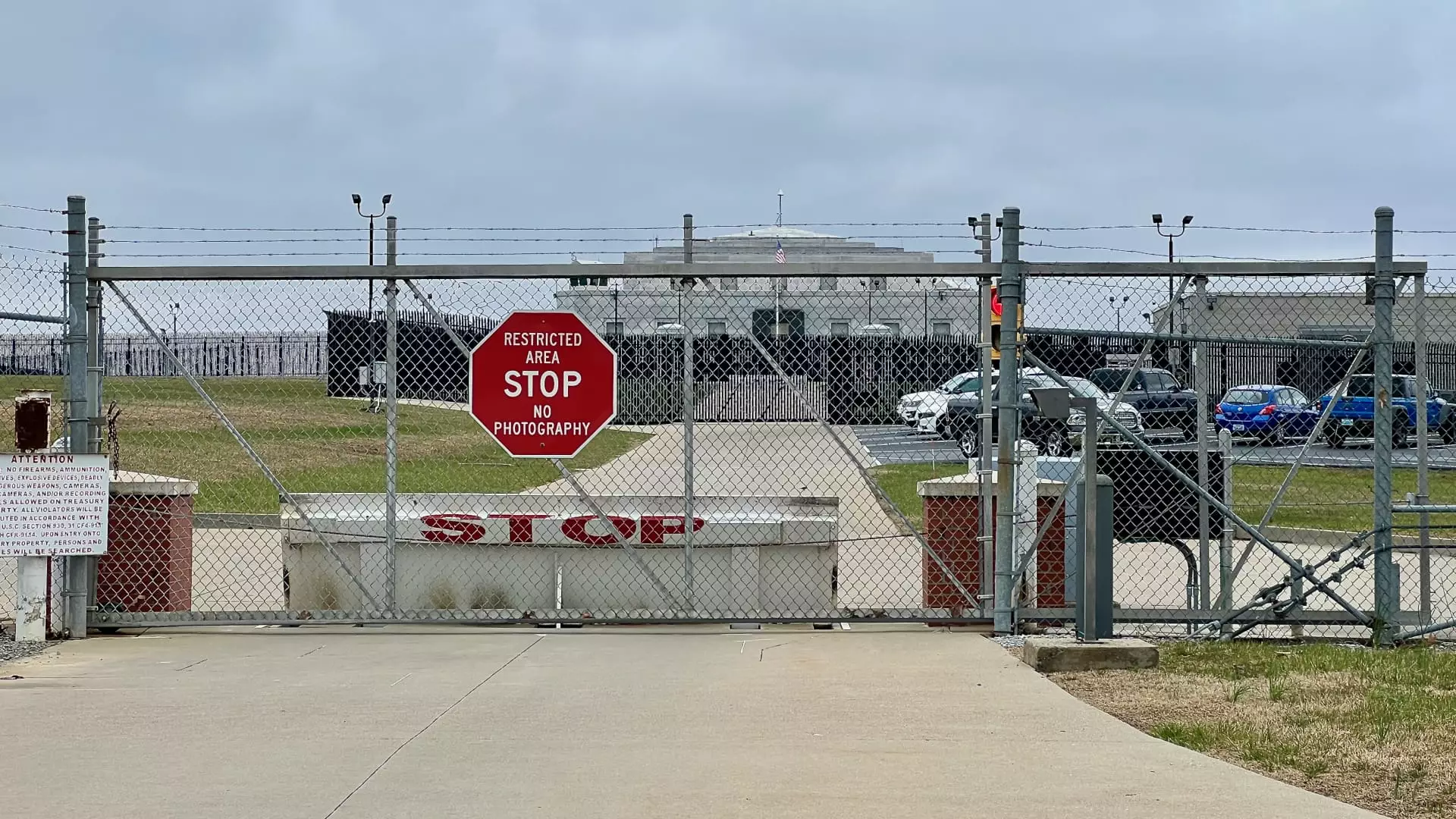The recent declaration by President Donald Trump regarding an audit of the U.S. gold reserves at Fort Knox has reignited public interest and skepticism surrounding the nation’s storied gold vault. On a flight aboard Air Force One, Trump remarked, “We’re going to go to Fort Knox, the fabled Fort Knox, to make sure the gold is there.” This statement taps into a longstanding continuum of conspiracy theories that question the veracity of the government’s disclosures about its gold reserves. While ostensibly a straightforward audit proposal, this initiative is intertwined with broader themes of accountability and trust in governmental institutions.
The incitement for a formal audit can be traced back to recent comments made by tech entrepreneur Elon Musk, who made waves on social media platform X, fueling public speculation regarding the government’s transparency about its gold holdings. For decades, critiques have flourished around the security and accessibility of Fort Knox, breeding numerous conspiracy theories. Despite the Treasury Department’s detailed listings indicating the precise amount of gold—147,341,858.382 troy ounces—held in Fort Knox, the insistence on an audit underscores the public’s yearning for further validation.
In the wake of Trump’s announcement, industry leaders have chimed in with their support for the proposed audit. John McCluskey, CEO of Alamos Gold, expressed his enthusiasm, stating on CNBC’s “Squawk Box,” “I think if this administration presses for an audit, that’ll be a good thing for everybody.” Such endorsements suggest that the audit could facilitate not only greater public confidence but also harmonize investor sentiments in an era of increasing gold prices and market volatility. Advocates argue that clarity surrounding gold reserves could stabilize or even enhance market confidence, while other stakeholders advocate for a revaluation of gold holdings in correlation with current market conditions.
Adding to the assurance of the audit’s necessity, Treasury officials have consistently affirmed the existence of gold at Fort Knox. Treasury Secretary Scott Bessent stressed on various platforms that annual audits confirm the gold’s presence, stating, “All the gold is present and accounted for.” However, past Treasury Secretary Steven Mnuchin’s layered statements—his belief that the gold was there during his tenure—indicate a lingering undercurrent of skepticism and demand for robust verification from the administration.
The conversation about an audit at Fort Knox cannot be dissociated from market realities, particularly as gold prices soar. Following Bessent’s remarks about potentially “monetizing the asset side of the U.S. balance sheet,” the spot price of gold reached unprecedented heights, peaking at $2,954.69 per ounce recently. This stark contrast between the legally mandated gold price of $42 an ounce—unchanged since 1973—and current market values speaks volumes to investors seeking not only assurances but also potential policy adjustments to elucidate the economic implications surrounding the country’s gold reserves.
In summation, the proposed audit of gold reserves at Fort Knox stands as an amalgam of societal urges for transparency and a reflection of the dynamics shaping the modern economy. As discussions progress, this initiative may serve as a pivotal moment in bridging the gap between public confidence and governmental accountability concerning substantial national assets.

